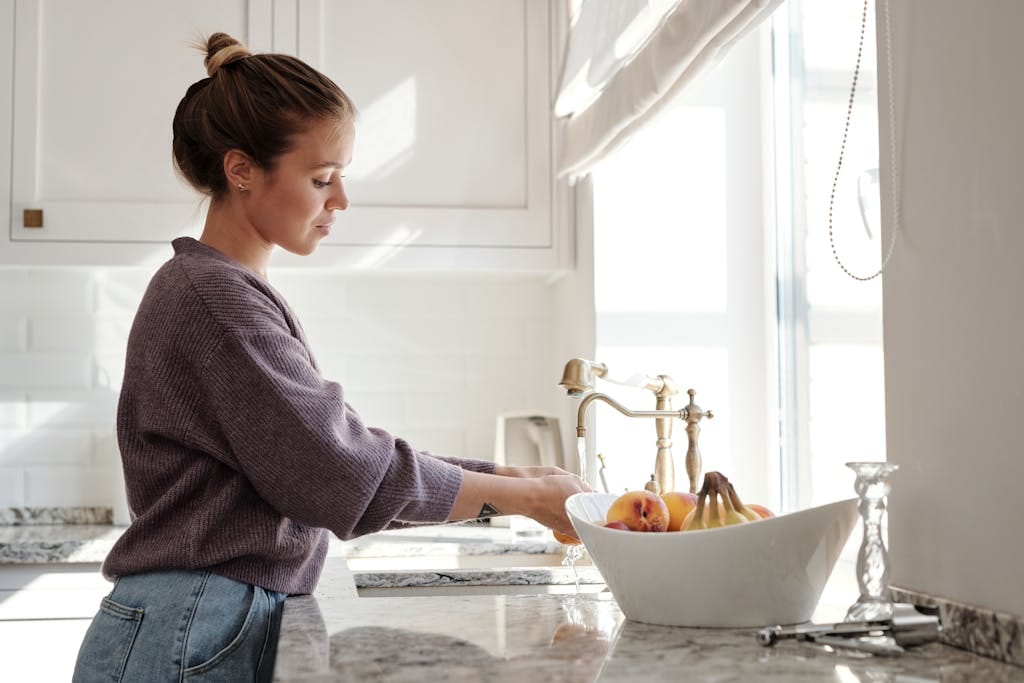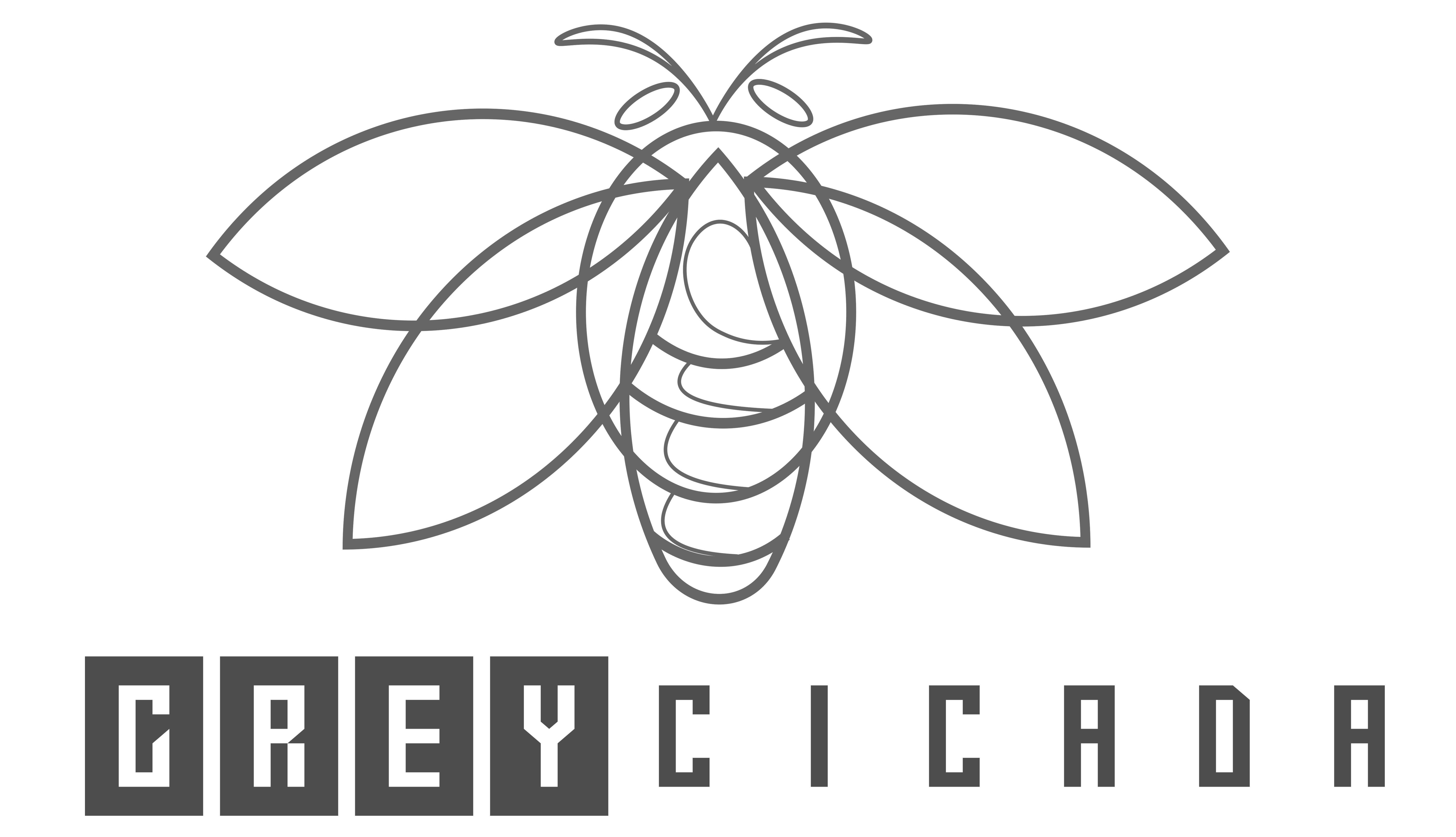FREE SHIPPING OVER $50
Washing Fruit with Baking Soda: A Simple Guide to Remove Pesticides and Bacteria
There’s nothing quite like biting into a crisp apple or juicy berry. But what about those unseen pesticides, waxes, and residues? Washing your fruit thoroughly can help remove these, and baking soda is one of the best natural cleansers you can use. Unlike plain water, which may leave residues, baking soda is known for breaking down chemical residues and removing dirt and bacteria effectively. Here’s how and why baking soda can make a difference.
Why Use Baking Soda for Washing Fruit?

Baking soda, or sodium bicarbonate, is a mild alkaline compound. This property allows it to neutralize certain acidic pesticide residues that may cling to fruit. Studies suggest that baking soda can effectively remove common pesticide residues, like thiabendazole and phosmet, from produce surfaces. Unlike commercial fruit cleaners or harsh soaps, baking soda is food-safe, non-toxic, and inexpensive.
So, what makes baking soda ideal? It’s gentle yet effective, removing surface grime without damaging the fruit’s skin or leaving behind any unwanted taste.
The Simple Method: Washing Fruit with Baking Soda
- Fill a Bowl with Water: Use enough water to cover the fruit. For larger batches, adjust the quantity accordingly.
- Add Baking Soda: Add about one teaspoon of baking soda for every two cups of water. This ratio provides an optimal cleansing solution.
- Soak the Fruit: Place the fruit in the solution and let it soak for 10-15 minutes. This soak time allows the baking soda to penetrate residues on the skin’s surface.
- Rinse Thoroughly: After soaking, rinse the fruit under cold running water to remove the baking soda solution and any loosened dirt or pesticide residue.
- Dry the Fruit: Pat the fruit dry with a clean towel. Now you’re ready to enjoy clean, fresh produce!
Benefits of Washing Fruit with Baking Soda
Washing fruit with baking soda comes with several benefits beyond pesticide removal. Here’s why many consider it the go-to choice for clean produce:
- Removes Dirt and Debris: Fresh produce can carry dust, dirt, and other particles from the farm. Baking soda loosens these unwanted elements, giving you cleaner fruit.
- Minimizes Bacterial Contamination: Although baking soda is not a replacement for vinegar in terms of bacterial cleaning, it still helps to remove some bacteria from the fruit’s surface, adding an extra layer of safety.
- Enhances Taste and Texture: Residues from pesticides and wax can leave a subtle aftertaste. Baking soda helps remove these, ensuring your fruit tastes as it should—fresh and natural.
- Food-Safe and Environmentally Friendly: Unlike many commercial produce washes, baking soda is a natural, food-safe cleaner that doesn’t add chemicals to your food or the environment.
- Cost-Effective Cleaning: Baking soda is widely available and affordable, making it an accessible choice for families and individuals alike.
With these benefits, washing fruit with baking soda goes beyond simple cleanliness to improve the overall quality and enjoyment of your produce.
Does Washing Fruit with Baking Soda and Vinegar Work?
Combining baking soda and vinegar may seem like a great idea since both are known for their cleaning power. However, they have opposite pH levels—baking soda is alkaline, and vinegar is acidic—which makes them neutralize each other when mixed. Using them separately, though, can be effective.
Here’s a quick breakdown: First, wash the fruit in a baking soda solution to target pesticides. Then, rinse it in diluted vinegar (one part vinegar to three parts water) to tackle bacteria. Rinse again with water to remove any remaining solution.
Baking Soda vs. Vinegar: Which is Better?
Both baking soda and vinegar are effective cleansers, but they serve slightly different purposes. Baking soda is great for removing chemical residues, while vinegar’s acidity can effectively reduce bacteria and mold on fruit surfaces. Depending on your goal, either one can be helpful:
- For pesticide removal: Baking soda is the better choice.
- For bacteria and mold: Use vinegar or follow up with a vinegar rinse.
If you want the best of both worlds, consider washing fruit with baking soda first, followed by a vinegar rinse.
Tips for Washing Different Types of Fruit
- Soft Fruits (Berries and Grapes): Soft fruits are delicate, so avoid soaking them for too long. A quick dip in the baking soda solution (2-3 minutes) followed by a gentle rinse will do the trick.
- Fruits with Thick Skin (Apples, Pears): For fruits with tougher skins, a 10-15 minute soak works well. You can also gently scrub the surface with your hands.
- Citrus Fruits (Oranges, Lemons): Since citrus fruits often have wax coatings, use a little extra baking soda and gently scrub the skin with a soft brush.
- Root Vegetables (Carrots, Potatoes): Baking soda can also be used to clean vegetables, especially root varieties. A quick soak and scrub help remove dirt and residues effectively.
Are There Any Downsides?
While washing fruit with baking soda is safe, there are a few things to remember. Soaking fruit for too long may cause some delicate varieties, like berries, to become mushy. Also, some studies suggest baking soda may not fully remove waxes, so lightly scrubbing fruits with thick skins (like apples or cucumbers) can help ensure a more thorough cleanse.
FAQs
No, as long as you rinse the fruit thoroughly after washing. Any remaining baking soda will wash away with a good rinse.
Absolutely! Baking soda is also effective for washing vegetables, particularly root and leafy vegetables prone to pesticide residues.
Yes, baking soda is a safe, natural cleaner, making it ideal for produce that kids will consume.
Final Thoughts
When it comes to safe, effective methods of cleaning fruit, washing with baking soda is a top choice. It’s gentle, food-safe, and affordable. Whether you’re washing apples, berries, or citrus, a quick soak in baking soda can give you peace of mind that your fruit is cleaner and safer to eat. And if you want added assurance, consider a vinegar rinse afterward to target bacteria.
Related Articles
- How to Make Dandelion Tea with Dried Root or Fresh Leaves
- Hibiscus Tea Effect on Kidneys: Benefits and Potential Risks
- Can Drinking Green Tea Daily Help You Melt Away Stubborn Fat?
- Easy Homemade Hibiscus Tea Recipe (Hot and Cold)
- 5 Herbal Tea Recipes for Stress Relief and Relaxation
- How to Make Elderberry Wine at Home: Step-by-Step Recipe



